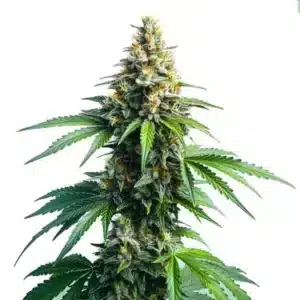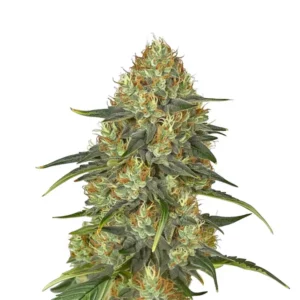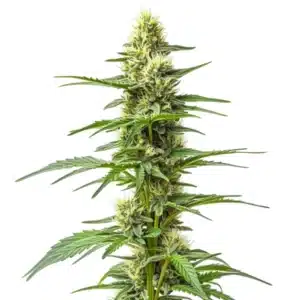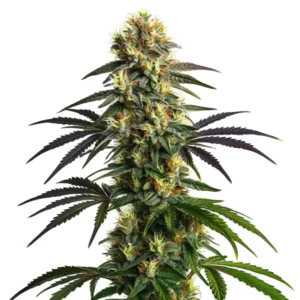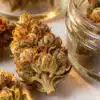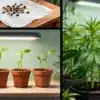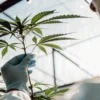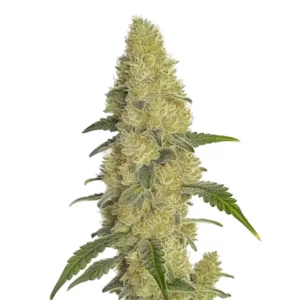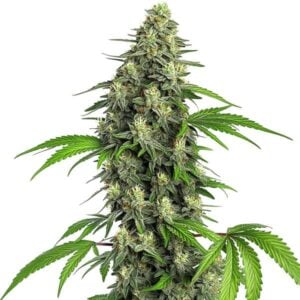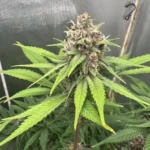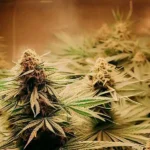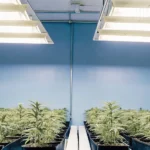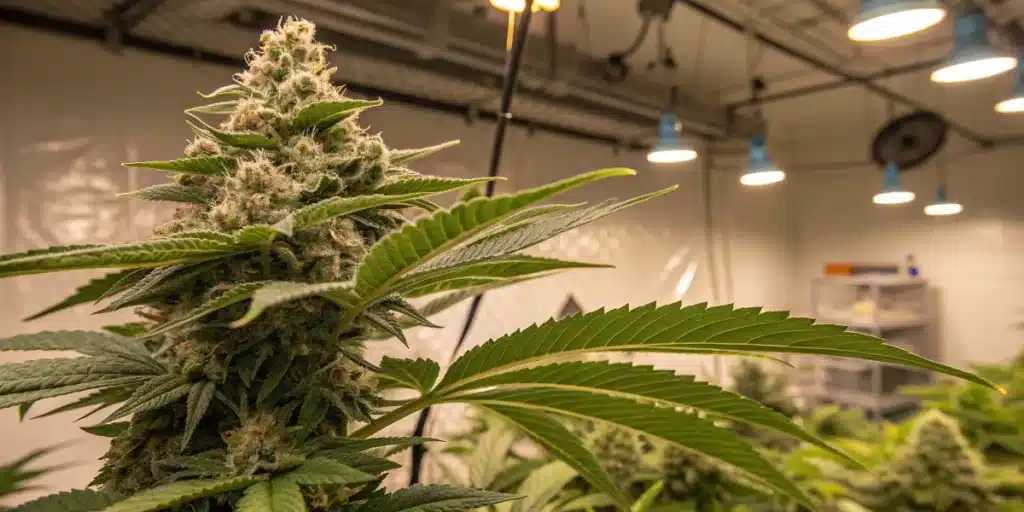
Growing Feminized Seeds Indoor: Tips for a Successful Start
Benefits of Feminized Seeds
Growing feminized seeds indoor is a game-changer for both novice and experienced cultivators. One of the most significant advantages is the elimination of male plants. In traditional cultivation, the risk of male plants can lead to the pollination of female plants, resulting in seeds instead of the desired buds. With feminized seeds, you can confidently focus on cultivating high-quality buds without the worry of unwanted male plants.
Another benefit is the consistency and quality of the harvest. Feminized seeds are bred specifically to produce female plants. This means that you can expect a more reliable yield and a more uniform product. When you grow feminized seeds indoor, you are essentially guaranteeing that your hard work will not go to waste. Each plant can be cultivated to its full potential, allowing you to enjoy a smoother, more flavorful smoking experience.
Recommended Strains
Afghan Kush
|
|
THC | 16% - 21% (Medium) |
|
|
Type | Feminized |
|
|
Yield | Medium |
|
|
Phenotype | 90% Indica / 10% Sativa |
Afghan Kush Regular
|
|
THC | 18% - 22% (Medium) |
|
|
Type | Regular |
|
|
Yield | Low |
|
|
Phenotype | 90% Indica / 10% Sativa |
Moreover, feminized seeds have a complete immune system, unlike clones. This natural resistance makes them more adaptable to pruning and training techniques such as topping, fimming, or LST. They handle stress better and recover quickly, which is a huge plus when shaping your canopy in a small space.
Feminized seeds also tend to thrive in controlled environments, making them particularly suitable for indoor cultivation. Whether you’re a hobbyist or a serious grower, these seeds present an excellent opportunity to maximize your indoor gardening efforts. They allow you to create a micro-environment where you can closely monitor every aspect of growth, ensuring that your plants receive the best possible care.
Consistency and Quality
When it comes to growing feminized seeds indoor, consistency is key. Unlike regular seeds, which can produce male or female plants, feminized seeds are designed to produce exclusively female plants. This means that every seed you plant has the potential to yield flowers, which is the part of the plant that you want to cultivate. This level of reliability is particularly appealing for growers who want to maximize their space and resources.
Quality is another essential aspect that is often highlighted when discussing feminized seeds. These seeds are meticulously bred to ensure that they not only produce female plants but also that those plants exhibit desirable traits. From flavor profiles to potency, feminized seeds can offer an exceptional experience for both growers and consumers. And for those looking to train their plants, feminized genetics respond well to structural manipulation, without the risks often associated with clones.
Furthermore, feminized strains can be chosen according to their flowering time indicas generally flower faster and stay shorter, while sativas tend to take longer and grow taller. For indoor setups, indicas are often the better choice thanks to their compact size and reduced risk of hermaphroditism.
The convenience of having a predictable harvest cannot be overstated. For new growers, identifying and removing male plants can be a challenge. With feminized seeds, that step is removed entirely, allowing you to focus your energy on optimizing care and enjoying the grow.
Promos & Deals
Germination and Early Care
The journey of growing feminized seeds indoor begins with proper germination. This stage is crucial, as it sets the foundation for the plant’s future growth. To germinate feminized seeds effectively, start by soaking them in distilled water for about 24 hours. This helps to hydrate the seed and kickstart the germination process. After soaking, place the seeds between damp paper towels and keep them in a warm, dark location. In a few days, you should see a taproot emerging.
Important expert tip: Be especially careful during this stage. The taproot, or radicle, should never grow too long before planting ideally no more than 1 cm. Keep it shielded from light, and ensure it remains white and healthy. When transferring to your grow medium, avoid burying it too deep. A light cover of substrate is enough.
Once planted, whether in soil or a hydro system, make sure your medium is well-aerated and nutrient-rich. Using high-quality soil mixes specifically designed for cannabis can boost success rates. Handle the seedling gently to avoid damaging that fragile root.
Light is another essential factor. For early stages, use cool-spectrum LED or fluorescent lighting to provide strong but gentle illumination. Keep lights about 24 inches above the seedlings and adjust as needed.
Best Practices
As your seedlings begin to develop, implementing best practices for care will promote healthy growth. Watering is a vital aspect of this stage; it’s best to keep the soil slightly moist but not soggy. Overwatering can lead to root rot, while underwatering can slow down development. Wait until the top inch of soil is dry before watering again.
Nutrition plays a key role, even early on. Our expert recommends always using a nitrogen-rich fertilizer during the vegetative phase. Even a light dose can stimulate healthy leaf and stem growth. Many nutrient lines offer formulas specifically for early-stage plants these are ideal for gentle but effective feeding.
Keep temperatures between 70°F to 85°F (21°C to 29°C), with humidity around 60-70%. Gradually lower humidity as plants grow, helping them transition to the next phase without stress.
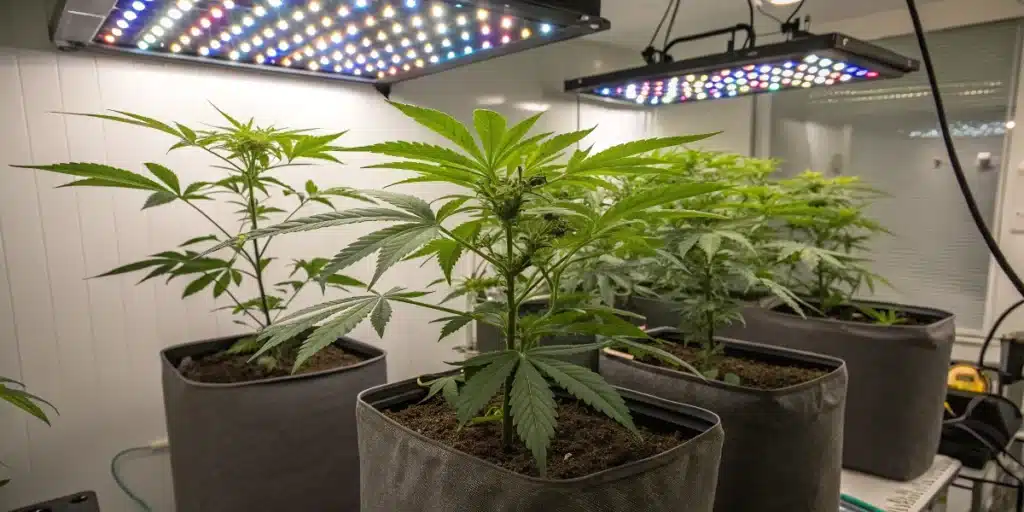
Indoor Cultivation Styles and Compatible Strains
When choosing the best indoor cannabis seeds, one of the smartest moves you can make is matching your strain to your cultivation style. Whether you’re growing in a tight closet, a dedicated tent, or a custom-built room, some strains simply perform better than others under specific conditions. By selecting genetics that are well-suited to your space and growing technique, you’ll get more consistent results, healthier plants, and better yields with less effort.
Growing Feminized Seeds Indoor – Best Strains for Small Grow Spaces
If you’re working with limited space, compact and fast-flowering strains are the way to go. Look for genetics with short internodal spacing, controlled vertical growth, and autoflowering capabilities. These traits are ideal for microgrows, stealth setups, and closet or cabinet gardens.
Here are some top choices for small indoor grows:
- Northern Lights: A compact, hardy indica that thrives in confined environments and finishes quickly. Known for its resilience and generous yields.
- Do-Si-Dos Auto: An autoflower version of the classic indica-dominant hybrid, perfect for growers seeking top-shelf quality in a small, fast format.
- White Widow: Another compact powerhouse, it stays manageable while still producing thick, resinous buds under low-stress setups.
- Blueberry Auto: Great for aroma and flavor, this autoflower stays short and delivers fast results with minimal effort.
Growing Feminized Seeds Indoor – Best Strains for SCROG or LST Techniques
If you’re planning to use advanced training techniques like Screen of Green (SCROG) or Low-Stress Training (LST), you’ll want strains with strong lateral branching and flexible stems. These characteristics make it easier to manipulate canopy structure and maximize light exposure across all bud sites a key to boosting yields in indoor grows.
These are excellent strains for training under indoor conditions:
- Blue Dream: A sativa-dominant hybrid that responds beautifully to LST and ScrOG setups. Delivers big yields with proper canopy management.
- Gorilla Glue #4: Naturally vigorous and sticky, GG4 adapts well to heavy training and produces weighty colas across the canopy.
- Bruce Banner: With explosive growth potential, it’s perfect for experienced growers using ScrOG to tame its stretch and boost production.
- Girl Scout Cookies (GSC): Produces dense buds with excellent bag appeal and thrives under structured training methods indoors.
Matching your strain to your grow style isn’t just about convenience it’s about unlocking the full potential of your genetics.
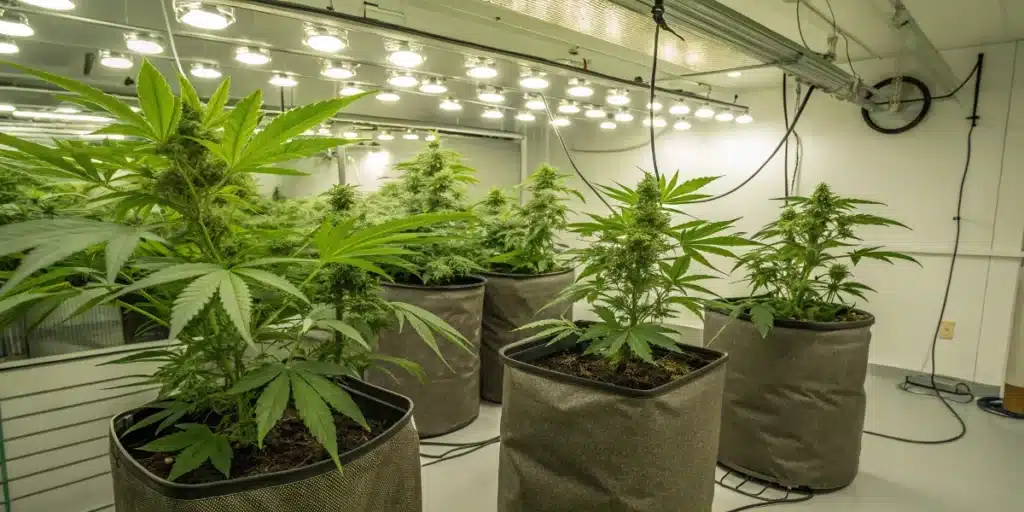
Avoiding Common Pitfalls
Even experienced growers face challenges. One of the most underestimated threats? Stress. Plants can suffer from temp swings, inconsistent lighting, or overwatering all of which can lead to slowed growth or even hermaphroditism.
Expert insight: Feminized strains, particularly indicas, tend to herm less frequently than sativas. That’s why choosing the right strain is already half the battle when growing indoors.
If you ever spot male flowers (often called bananas or nanners) on your feminized plant, act immediately. Remove them carefully. If they haven’t opened, they haven’t released pollen, so the situation can still be salvaged. Keep checking weekly until harvest to ensure your crop stays clean.
Pests like spider mites and whiteflies can also sneak in. Use natural solutions like neem oil, insecticidal soap, or beneficial insects to manage infestations without harming your grow.
Stress and Hermaphroditism
Stress can be a silent killer in the world of indoor cannabis cultivation. When a plant is stressed, it may exhibit signs such as drooping leaves, discoloration, or abnormal growth patterns. Knowing the triggers of stress is essential. Factors such as nutrient imbalances, poor lighting, and inconsistent watering can lead to a stressed plant. Cultivators should strive to create a stable environment for their feminized seeds, ensuring that they receive consistent care throughout their growth cycle.
Hermaphroditism is particularly concerning for growers focused on maximizing yield. A hermaphrodite plant will produce seeds, which can dilute the quality of the final product. The risk of hermaphroditism can be reduced by choosing high-quality feminized seeds from reputable sources. Additionally, maintaining optimal growing conditions will help prevent stress-related hermaphroditism. By taking the time to nurture your plants properly, you can minimize the risk of encountering this issue.
Monitoring your plants closely during their growth phase will allow you to catch any signs of stress early. If you notice any abnormalities, take immediate action. Whether it’s adjusting the light, tweaking the nutrient solution, or changing watering practices, addressing issues promptly can save your plants from further stress, leading to a more successful harvest.
FAQS
How long do feminized seeds take to grow indoors?
Feminized seeds typically take around 8 to 10 weeks to flower, depending on the strain and growing conditions. After planting, you can expect to begin the flowering phase within 4 to 6 weeks after germination.
Can I use regular seeds instead of feminized seeds indoors?
While you can use regular seeds, they carry the risk of producing male plants, which can pollinate females and lead to unwanted seeds in your crop. Feminized seeds are generally a more reliable choice for indoor cultivation.
What is the best light cycle for growing feminized seeds indoors?
During the vegetative stage, a light cycle of 18 hours on and 6 hours off is ideal. Once you transition to the flowering stage, switch to a 12/12 light cycle to encourage bud development.


